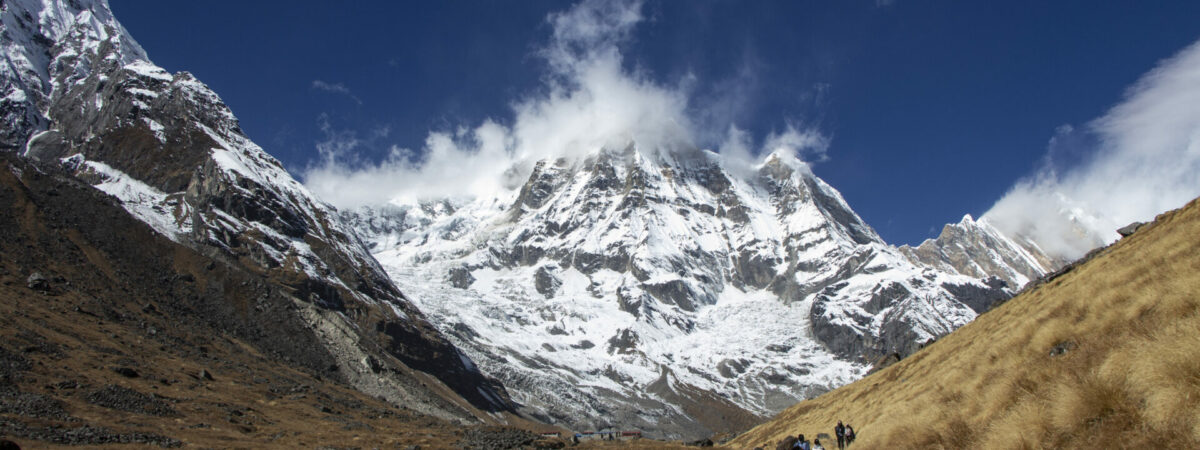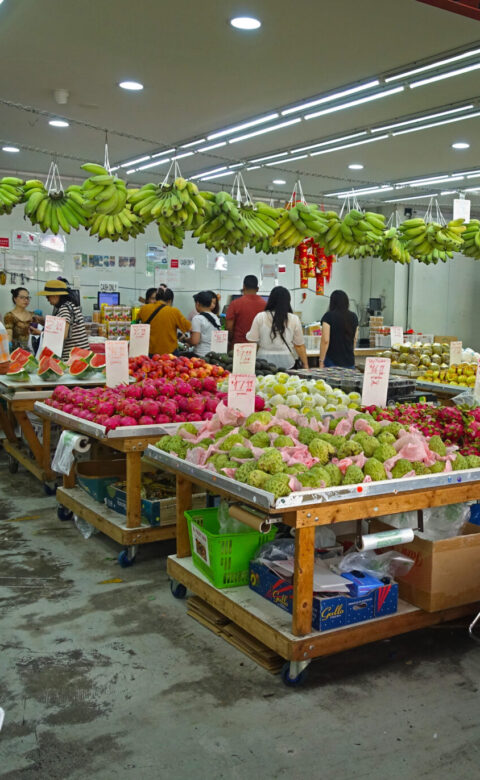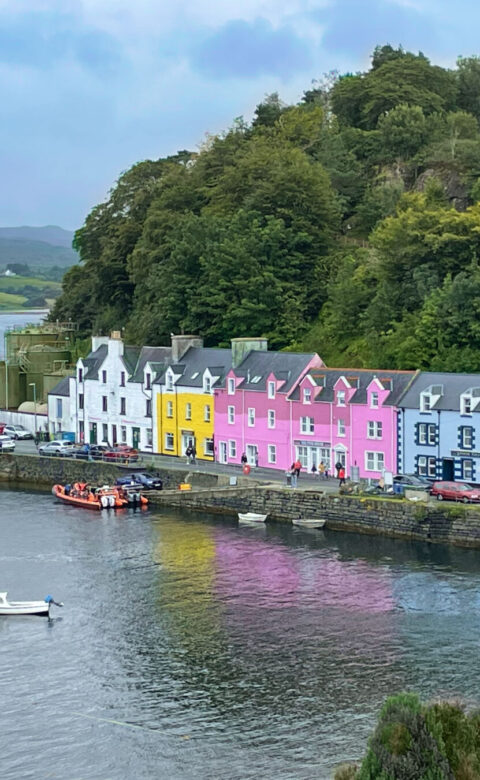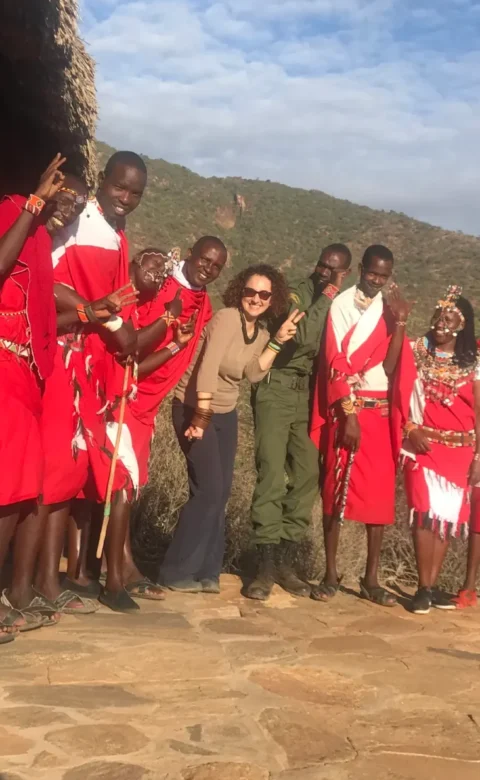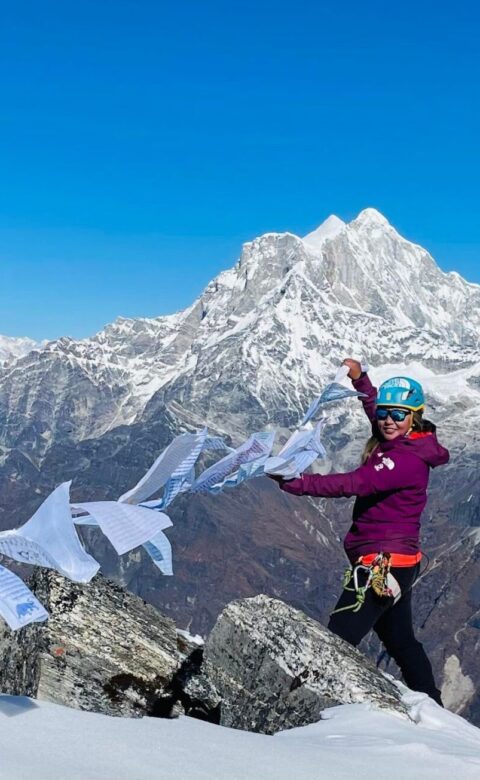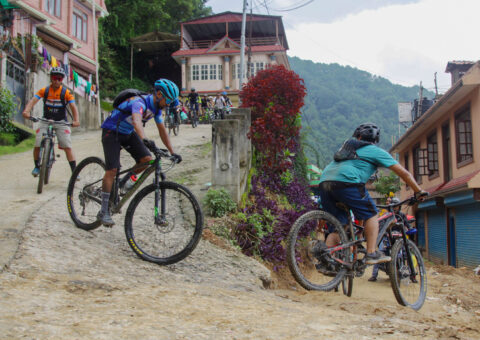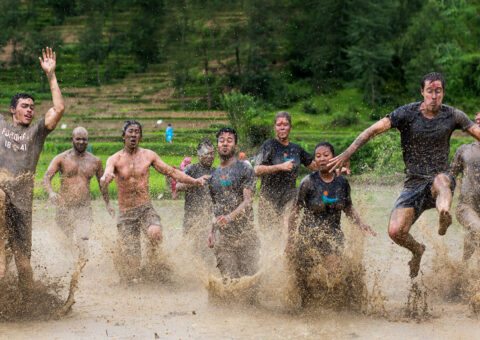Waste disposal initiatives and the development of new trekking areas offer some solutions for managing garbage left behind in Nepal’s wilderness areas, but travellers also need to take more responsibility for their actions.
Nepal’s landscape has carved out some of the best trekking trails in the world. Tagged as the “trekker’s paradise” by Lonely Planet, Nepal offers rugged and strenuous but rewarding trails leading to scenic Annapurna, Mt Everest, and many other peaks.
According to Nepal’s tourism statistics from 2020, the greatest number of foreign visitors to national parks and conservation areas from 2015 to 2020 were in the Annapurna Conservation Area (ACA), Chitwan National Park, and Sagarmatha National Park. The Annapurna and Sagarmatha regions are popular for their trekking trails.
Tourists arrive in these areas with heavy backpacks, which are often emptied along the trekking trails. Prior to the COVID-19 outbreak, there were approximately 180,000 tourists in the ACA annually. It is estimated each tourist brings, on average, at least one member of support staff as a guide, porter, or cook, which means there are approximately 360,000 people in the area every year.
With an increasing number of people, impact on the environment is inevitable. Bikhyat Sherchan from the National Trust for Nature Conservation (NTNC), which oversees the ACA Project, said that in rural, inaccessible places, incinerators are commonly used to dispose of waste. In places where consumption is high, collection points for plastic products are set up in multiple places. When it crosses a certain threshold, waste is transported down multiple times through carriers.
“Until today, there’s no recycling infrastructure along the trekking trails. So, we need to carry the waste down, which is quite cost-intensive,” Sherchan said.
There are fewer visitors in Sagarmatha, but tourism’s impact is said to be greater. To deal with such impacts, local non-governmental organisations like Sagarmatha Pollution Control Committee (SPCC) are working on issues like garbage collection and waste management.
During the 2022 autumn trekking season, the Carry Me Back initiative resumed. The main aim of this programme is to transport semi-processed recyclable materials, such as aluminium cans and PET bottles, for recycling with voluntary support from trekkers. For this, there is a pick-up station at the police checkpoint at the entrance of Namche Bazaar where anyone can pick up a one-kilogram bag on their way back to Kathmandu. Then, they can leave the bags at the drop-off station located near Lukla gate. In the last two trekking seasons, 3,250 trekkers participated in the Carry Me Back programme, removing 5,300 kilograms of waste from the mountains.
Removing waste from the mountains is even more necessary, as decomposition of solid waste is an extremely slow process in the delicate ecosystem. It can only be managed with strategies like recycling, waste management, and, more importantly, waste prevention.
Today, the waste problem is not only limited to solid waste. It is slowly making its way to pristine rivers and other sites. The water sources along the major trails in the Sagarmatha region are reported to be contaminated from improper affluent discharge, human waste, and garbage dumping.
SPCC also sells certificates of achievement to interested people who complete a trek in the Everest region. All proceeds from certificate sales go to the SPCC Solid Waste Management Fund to support its waste management activities in Khumbu.
Along with participating in these organisational measures, individual trekkers also have a responsibility. Travellers often carry extra products to make trekking more comfortable. However, almost every item comes with waste that needs to be disposed of. Single-use plastic waste needs to be avoided as much as possible. And, any waste generated during trips should be carried back.
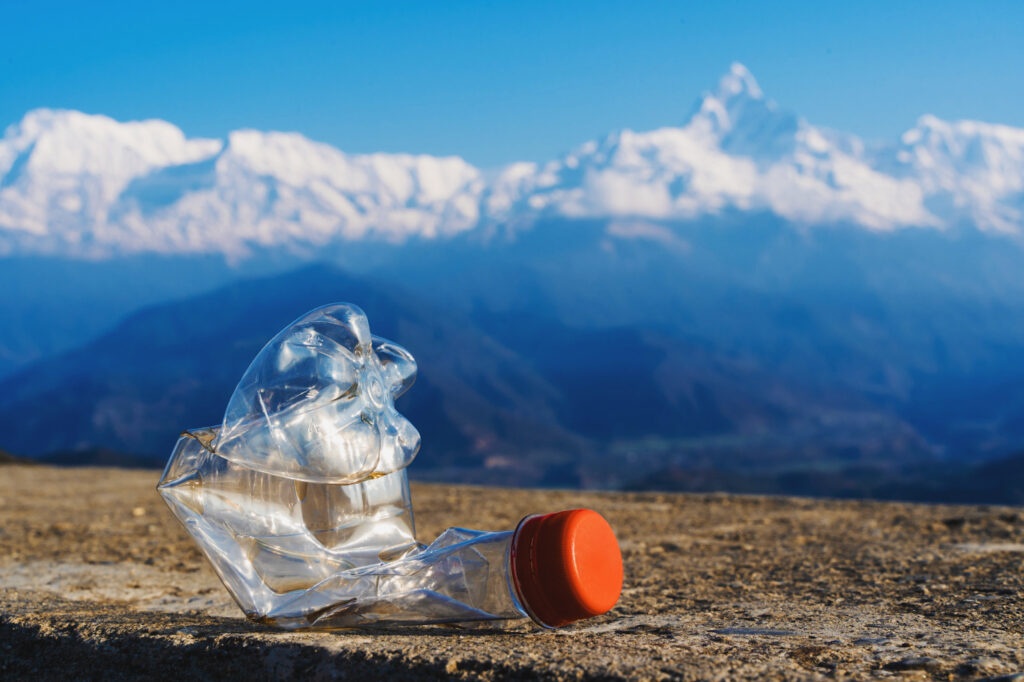
Sherchan also recommended travelling with a guide who is well-versed in local rules and regulations, and who can help trekkers make eco-conscious decisions.
“While reaching out to tourists through brochures, we ask them to have a minimum footprint attitude,” Sherchan said. “For nature-based tourism, they need to be more conscious. And this is all voluntary. Travellers need to be conscious of what they consume and if they are bringing it back.” This can mean opting for local food instead of packaged goods or choosing not to have several cans of beer (without carrying the empty cans back).
In a country like Nepal, which has limited capacity and resources, dealing with waste has always been a challenge. The tourism sector is no exception. Thus, trekkers who help to sustain livelihoods by spending money with local businesses also need to be mindful about what they don’t pay for or simply leave behind.
To better manage existing resources, tourism can also be diverted to new alternatives. In Nepal, there are many other trekking trails being recognised and revived. Even within the Annapurna region, trekking trails to Kapuche Glacier Lake (the world’s lowest glacier lake), Kori Highlands, and Mardi Himal (a side trek to Annapurna base camp) are getting much-needed recognition among domestic tourists. Another newly discovered trekking trail is Mundhum Trail in eastern Nepal. Some of these trails offer not only natural landscapes but also provide an opportunity to learn more about the diverse culture and communities found along the path.
Visiting these new trails allows tourists to avoid crowded destinations while preventing overburdening a place’s carrying capacity, especially during peak seasons. But special care also needs to be given so that tourism is sustainably introduced in new areas. Trekkers should be mindful of what they carry with them not only in the popular destinations, but in these less-visited areas as well.
Above all else, trekkers must be open to experiences that local places have to offer without relying unnecessarily on what they carry. This is followed by another piece of golden advice: Pack in and pack out everything you carry on your trek.

